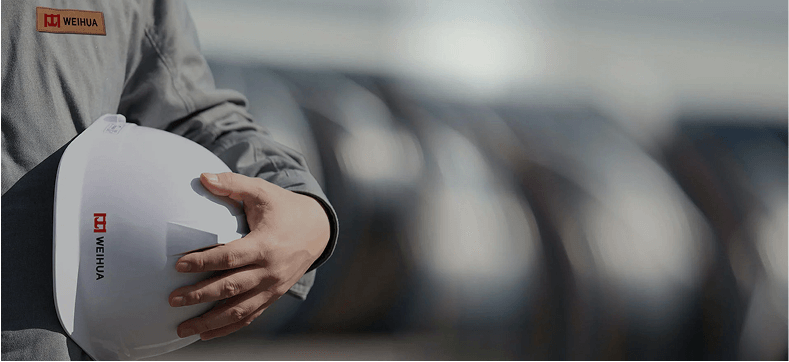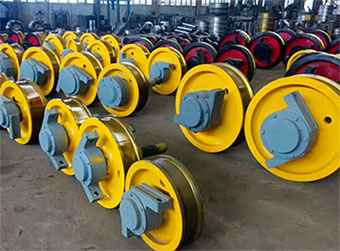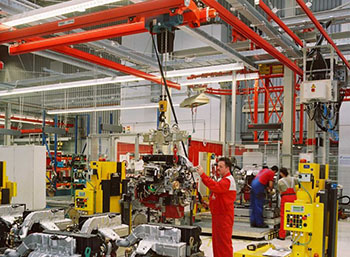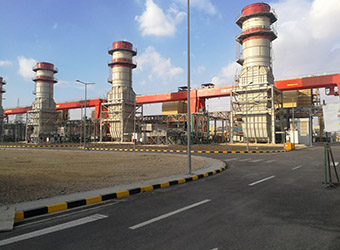The pulley block of the mining hoist is a key component of the mining hoisting system. It is mainly used to guide, carry the wire rope and change its direction of movement. Its performance directly affects the safety, stability and service life of the hoist. Due to the harsh working environment of the mine (high dust, high humidity, heavy load, large impact), the mining pulley block needs to have high strength, high wear resistance, corrosion resistance and impact resistance.
High load capacity and safety factor
Heavy-load design: Mining hoists are usually used to lift ore, personnel or equipment, and the pulley block needs to withstand extremely large dynamic loads (such as sudden braking or acceleration shock).
Material requirements: Use high-strength alloy steel (such as 35CrMo, 42CrMo) or cast steel (ZG270500), and perform quenching and tempering heat treatment to improve tensile strength and fatigue life.
High safety factor: The design safety factor is usually ≥5 (or even higher) to ensure safety under extreme working conditions (such as stuck tanks, overwinding).
Wear resistance and impact resistance
Rope groove hardening treatment: The surface of the pulley groove adopts high-frequency quenching, surfacing wear-resistant layer (such as high chromium alloy) or inlaid wear-resistant bushing, with a hardness of HRC5060 to reduce wire rope wear.
Impact-resistant structure: Mine hoists are often subject to sudden load changes (such as ore jamming), and the pulley block needs to have the ability to resist deformation and cracking. It usually adopts thickened wheel rim and double-plate structure.
Anti-slot design: Add rope retaining device or rope pressure wheel to prevent the wire rope from slipping out of the groove (especially important in deep well lifting).
Low friction and high efficiency
High-quality bearings: Use spherical roller bearings or sliding bearings (copper-based lubrication) to reduce friction and adapt to eccentric load conditions.
Lubrication optimization: Equipped with automatic lubrication system or long-term grease (such as molybdenum disulfide) to reduce maintenance requirements.
Precision machining: The pulley groove needs to be polished + accurate in size to ensure smooth operation of the wire rope and reduce friction loss.
Structural optimization
Large diameter design: pulley diameter ≥ 20 times the wire rope diameter (D ≥ 20d) to reduce wire rope bending fatigue.
Balanced pulley block (for multi-rope friction hoist): ensure uniform tension of each wire rope to avoid single rope overload.
Modular design: convenient for underground replacement and maintenance, reducing downtime.
Maintenance and inspection
Regular inspection: monitor rope groove wear (wear depth ≤ 10% rope diameter), bearing status, cracks, etc.
Non-destructive testing: use magnetic particle testing (MT) or ultrasonic testing (UT) to ensure that there are no internal defects.
Replacement standard: when the rope groove wear exceeds 30% of the wire rope diameter, or cracks or deformation occur, it must be replaced.



